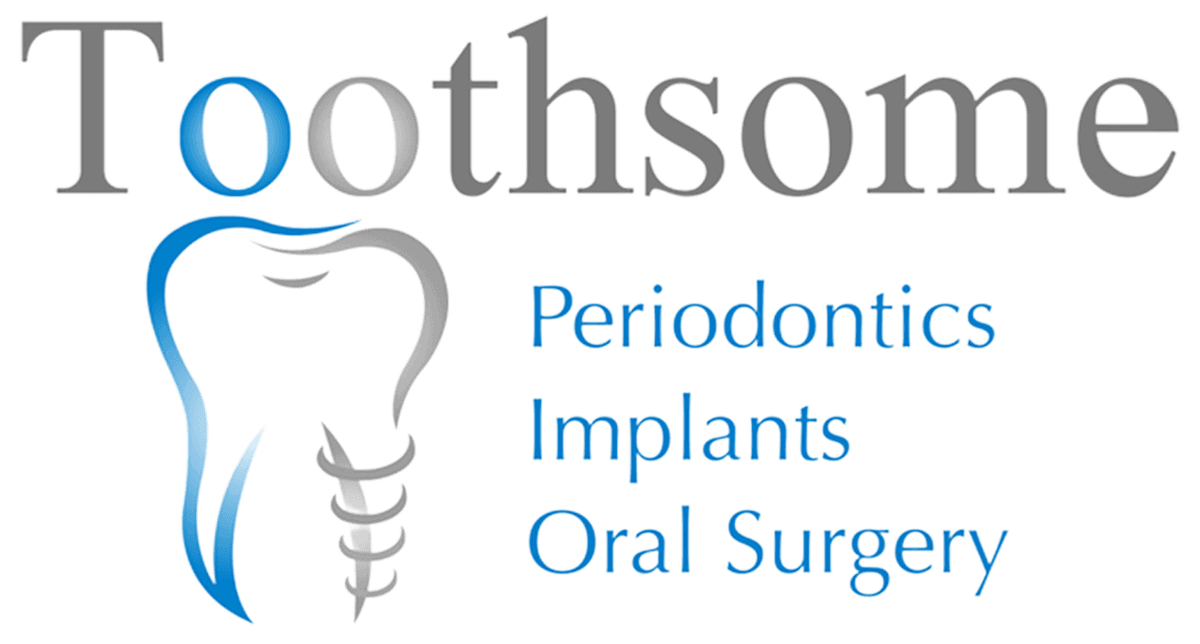When you undergo a dental bone graft procedure, did you know that the duration of the recovery process can vary depending on several factors?
Understanding how long it takes for your bone graft to fully integrate and heal is crucial for a successful outcome. However, there are key aspects beyond just time that play a significant role in this process.
By grasping these nuances, you can better navigate the post-graft period and ensure optimal healing.
Importance of Bone Graft Recovery
Understanding the significance of bone graft recovery is crucial for successful dental procedures. After undergoing dental bone graft surgery, the bone regeneration and formation processes are vital for a successful procedure. The healing times following a bone graft can vary depending on factors such as bone density and bone mass. Proper bone graft recovery is essential not only for the success of the surgery but also for maintaining good oral health in the long run.
During the healing process, the bone graft undergoes a series of stages leading to bone formation and integration with the existing bone structure. This integration is crucial for the overall stability and success of the graft. Monitoring the bone graft recovery closely and following post-operative care instructions diligently can significantly impact the outcome of the procedure. By understanding the importance of bone graft recovery, you can ensure a smoother healing process and ultimately improve the chances of a successful dental bone graft surgery.
Timeline for the Healing Process
The healing process after a dental bone graft surgery typically follows a specific timeline for optimal recovery. After the bone graft surgery, the bone graft healing timeline is crucial for successful dental bone graft recovery.
Initially, the bone graft integration begins as the body starts to accept the graft material. Over time, bone graft maturation occurs, where new bone forms and replaces the graft material. Stabilization of the bone graft is essential during this phase to ensure its success rate.
Regular bone graft follow-up appointments are necessary to monitor the progress and detect any potential bone graft complications early on. These check-ups play a significant role in assessing bone graft stabilization and integration.
Managing Post-Operative Pain
Following a dental bone graft surgery, managing post-operative pain is crucial for a comfortable recovery process. Your oral surgeon will likely recommend a combination of strategies to help you through this phase. Initially, you may be prescribed analgesics to alleviate any discomfort. It’s important to take these medications as directed to stay ahead of the pain. Additionally, applying ice packs to the affected area can help reduce swelling and provide some relief.
During the recovery period, make sure to follow all post-operative care instructions provided by your oral surgeon. These guidelines are tailored to promote healing and minimize pain. If you experience severe or persistent pain that isn’t alleviated by the prescribed medications, contact your dental clinic promptly for further guidance.
Signs of Successful Graft Integration
Upon completion of a dental bone graft surgery, observing signs of successful graft integration is vital for monitoring the healing progress. Successful graft healing is characterized by the osseointegration process, where the bone graft integrates and becomes part of your natural bone structure. During this phase, graft maturation occurs as the grafted area gains stability and improved bone density.
One of the key signs indicating successful bone graft integration is the presence of healthy gum tissue surrounding the grafted area. This is often assessed through a clinical examination, where the dentist evaluates the overall health and stability of the graft. Additionally, increased osteoblast activity, responsible for new bone formation, signifies progress in the osseointegration process.
Achieving stable implant placement is another crucial indicator of successful graft integration. When the bone graft effectively integrates with your existing bone, it provides a solid foundation for implant placement, ensuring long-term success. Monitoring these signs post-surgery is essential for assessing the effectiveness of the graft and ensuring optimal healing outcomes.
#Potential Complications to Watch For
To ensure successful healing post-dental bone graft surgery, it’s crucial to be aware of potential complications that may arise during the recovery process. While dental bone grafts are generally safe procedures, there are still risks to consider.
One potential risk is graft rejection, where your body may not accept the graft material, leading to failure of the procedure. This can result in delayed healing and the need for additional interventions.
Another complication to watch for is bone loss around the graft site, which can occur if the graft doesn’t integrate properly with your existing bone structure. Infections are also potential risks after dental surgery, which can impede the healing process and lead to further complications.
It’s essential to closely monitor your recovery and promptly report any unusual symptoms to your healthcare provider to address any complications that may arise. By staying vigilant and following post-operative care instructions, you can help mitigate these potential risks and support a successful healing process.
Dietary Guidelines for Optimal Healing
For optimal healing post-dental bone graft surgery, incorporating nutrient-rich foods into your diet can significantly support the recovery process. A balanced post-graft diet plays a crucial role in bone graft healing and optimal healing.
To facilitate bone regeneration and integration, focus on soft foods that are easy to chew and swallow. Following dental bone graft surgery, adhere to dietary restrictions provided by your healthcare provider to ensure proper post-operative care.
Incorporating foods rich in vitamins C and D, calcium, and protein can aid in the healing process and support bone integration. Opt for smoothies, soups, yogurt, and mashed vegetables to maintain a soft diet while promoting bone graft recovery.
Remember that what you eat plays a vital role in the success of your dental bone graft recovery journey, so prioritize a healthy and nutrient-dense post-graft diet to enhance the healing process.
Long-Term Care and Maintenance
Maintenance of your dental bone graft long-term is essential for ensuring its longevity and success. After undergoing bone grafting procedures to prepare for dental implant placement or other restorative treatments, it’s crucial to follow a strict regimen of long-term care. Regular check-ups with your dental specialist or experienced dentists are recommended to monitor the progress of the graft and overall oral health.
Professional opinion suggests that maintaining good oral hygiene practices is paramount in the care of dental bone grafts. This includes regular brushing, flossing, and using mouthwash as advised by your dentist. Additionally, avoiding habits like smoking and excessive alcohol consumption can greatly benefit the longevity of the graft.
Long-term care also involves being mindful of any signs of infection or complications. If you experience persistent pain, swelling, or unusual discharge around the graft site, it’s crucial to seek immediate attention from your dental specialist. By adhering to these maintenance guidelines and seeking professional care when needed, you can help ensure the long-term success of your dental bone graft.
Key Takeaways
Overall, understanding the duration after a dental bone graft is crucial for successful recovery. By following the timeline for healing, managing post-operative pain, watching for signs of successful integration, and being aware of potential complications, you can ensure a smooth recovery process.
Remember to follow dietary guidelines for optimal healing and maintain long-term care to preserve the results of your bone graft. Stay proactive in your recovery journey for the best outcomes.
Toothsome Baulkham Hills is committed to providing exceptional dental care and support throughout your recovery journey. Remember, your diligence in following post-operative instructions and staying informed about your bone graft healing process is paramount. For comprehensive dental services and expert guidance, visit Toothsome Baulkham Hills located in Baulkham Hills, NSW. Take charge of your recovery today for a healthier, happier smile tomorrow.



